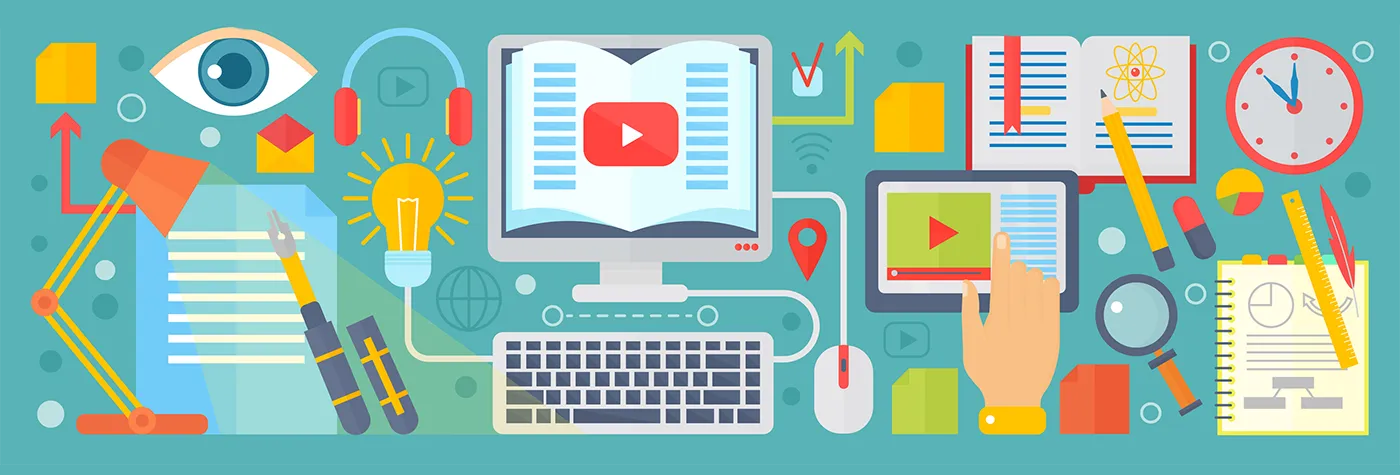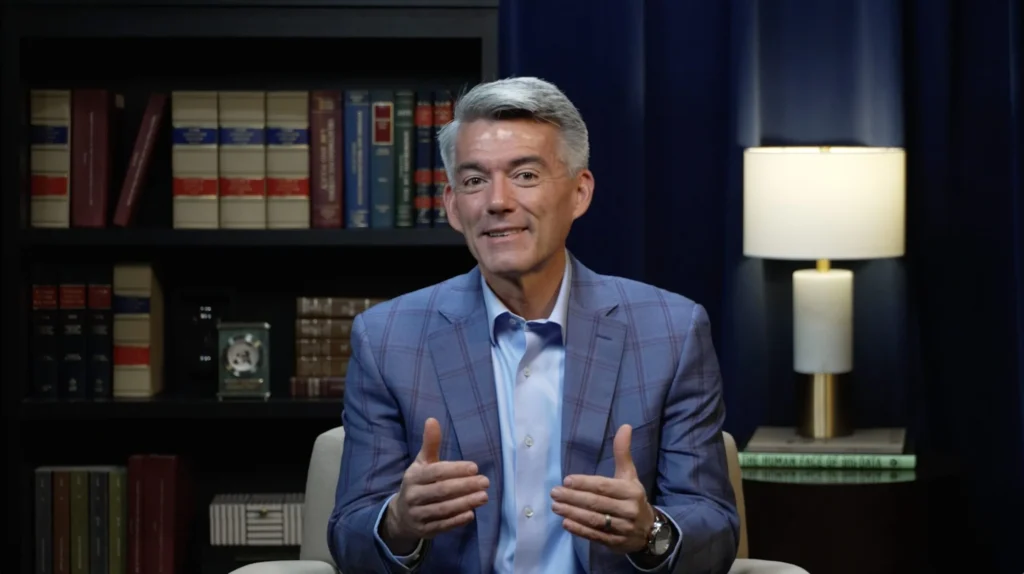The internet was invented right here in America when in 1969, ARPNET, an early packet switching network, sent its first node-to-node connection between scientists at UCLA and Stanford University. Nearly 50 years later and history has proven that the internet’s creators couldn’t have built a better instrument for research and education. High-speed internet is available to well over 90 percent of American households, contributing immeasurably to improved educational opportunities and distance learning.
Few technologies in history have had such a profound impact on how we learn. Internet providers have pushed internet technology ever-forward, investing $250 billion in infrastructure over the last 20 years and connecting families to speeds in excess of 1 Gbps. The result has been huge shifts in how Americans learn. In a recent study from the Online Learning Consortium and the Babson Survey Research Group, more than one-in-four students now take at least one distance education course. The internet has become such a critical tool for education that one of the cable industry’s core community initiatives is to deliver low-income families the computers and connections young students need. Ninety-eight percent of families who are recipients of broadband adoption programs like these report using the internet to aide with education.
In far-flung Alaska, GCI is using their broadband networks to connect students in extreme remote parts of the state to key educational resources. NCTA interviewed GCI program leaders in 2016 to learn more about their revolutionary program. They report that in some cases, one teacher can serve 10 remote village school sites at the same time, each supporting up to 10 kids as they listen in on classes on robotics, math, photography, and world languages.
This level of connectivity and speed hasn’t just opened the doors to better learning, it’s made possible near-science fiction educational opportunities. At The Near Future, a recent display of next-generation internet technology, David Traum, director of Natural Language Research at the USC Institute for Creative Technology, presented USC’s New Dimensions in Testimony project, which features the hologram of a Holocaust survivor. As Traum explained in an interview with NCTA, the hologram enables one-to-one, face-to-face natural language interaction with someone who actually lived through an experience, which can be much more impactful when learning about history than reading, listening, or watching second or third-hand accounts of that experience. “Before this technology, you were pretty much stuck getting info in the way that it was originally presented [whether through video, audio files, or documents]. But it’s not necessarily what you wanted to know. If you were sitting there in front of the person who lived through this, what would you ask? And could you get that answer? This technology allows for you to have that personalized experience,” said Traum. Fantastic future educational experiences like these aren’t far away.
From its very genesis, the internet was a tool for education. Its first job was to serve university scientists as they shared information over what at the time must have felt like impossibly long distances in just seconds. By making knowledge and connectivity available to more people in more places with greater ease, the internet has transformed the way we learn. Fast and affordable broadband networks are powering modern education and preparing America’s next generation of global leaders.
This blog also appeared in CTAM Smartbrief. To sign up, click here.








